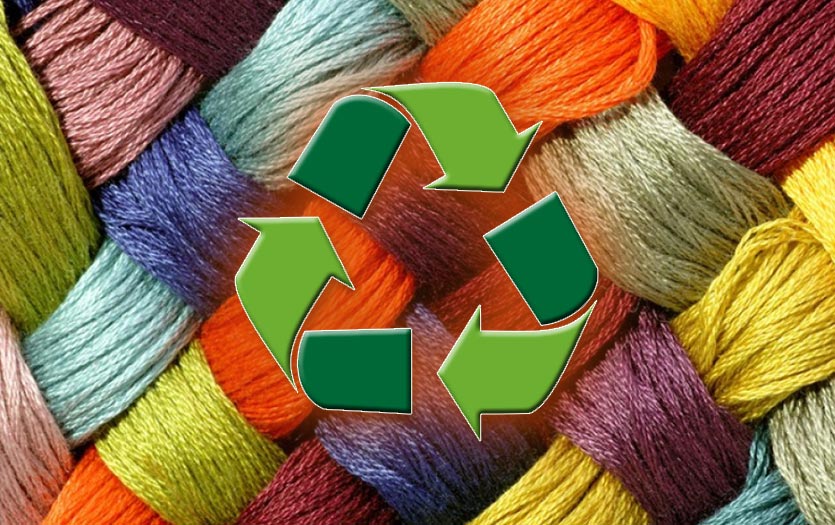Applied Biochemistry and Biotechnology Recycling of cellulosic fibers by enzymatic process
تاریخ : ۱۵ ارديبهشت ۱۳۹۹

Applied Biochemistry and Biotechnology Recycling of cellulosic fibers by enzymatic process
In this research, enzymatic treatment as an environmental friendly process has been used for recycling process of old cellulosic wastes such as cotton, viscose and lyocell. Cellulase hydrolyses cellulosic chains and shortens cellulosic fibers. This study investigates to detect the optimum enzyme concentration and time of treatments for suitable changes of length and weight loss. Main purpose of this article are shortening of cellulosic fibers and evaluating of enzymatic treatment in different kind of cellulosic fibers. According to the data of experiments, with increasing the enzyme concentration and the treatment time, the length and weight loss percentage of the cellulosic fibers has been decreased. The length and weight loss percentage of treated viscose is more than that of lyocell and cotton fibers.
Abstract
Optimum condition, reaction time and enzyme concentration have been determined by mean length of treated cellulosic samples. Suitable longitudinal distribution of fiber for paper making industries is in a range of 0 to 4 mm.
Optimum enzyme concentration and treatment time for recycling cotton, lyocell and viscose fibers are 2 percentage and 48 hours for cotton and lyocell and 0.5 percentage and 48 hours for viscose respectively.
According to the data of experiment, the length of treated fibers is appropriate for its usage as a raw material in paper making industries.
Introduction
Environmental concerns have fueled a desire to reduce landfill usage and to decrease the harvest of trees for the production of new paper. The efficient utilization of this process could make a significant contribution to the solving of present environmental and ecological problems, these processes have a great role in decreasing the energy and fuel consumption, pollution and expenses.
